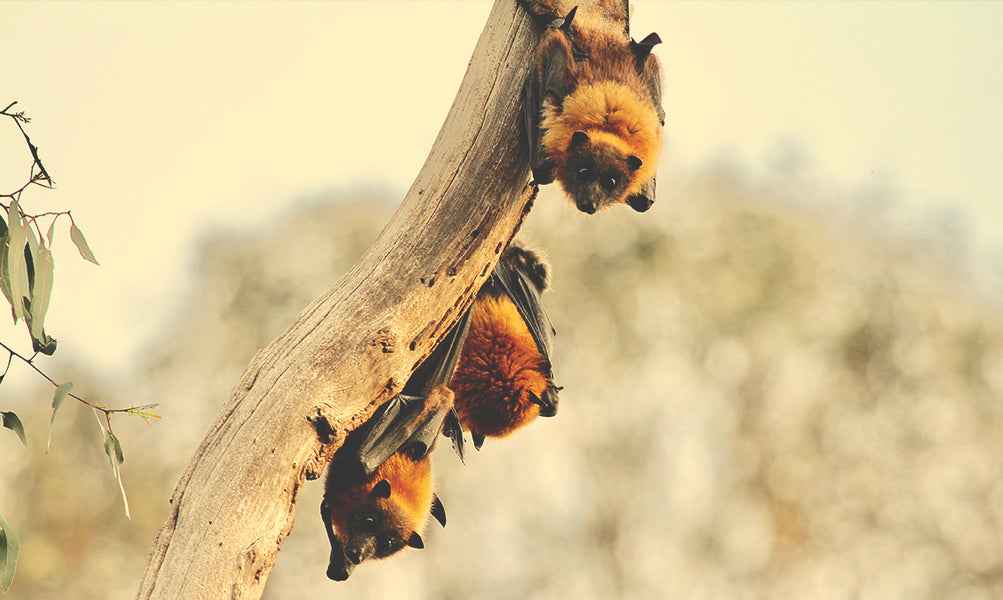As spring arrives, so do the bats. These flying mammals, who retreated into hibernation back in the fall, are emerging from April through May, as the weather grows consistently warmer and insects again fill the air. During summer, bats spend their waking hours — generally during twilight and dark — foraging for food. They hunt on the wing, using echolocation to nab tiny insects, from agricultural and forest pests to mosquitoes. Bats eat up to half their body weight daily and consume literally millions of insects each summer.
As winter sets in and insects become scarce, six of the nine bat species in New England seek out a place to hibernate: caves, mines, rock crevices, even our attics and barns. Many bats are susceptible to white nose syndrome during hibernation, when they share space with hundreds or even many thousands of bats of various species. Like other hibernators, bats enter a sleep-heavy torpor state. A bat’s body temperature may drop to near freezing, and its heart rate decreases from a rate of - beats per minute to as low as beats per minute.
During hibernation, a bat cycles through periods of torpor lasting from days to weeks. While occasional emergence from torpor is normal, researchers believe white nose syndrome causes disruption to hibernation cycles, leading affected bats to prematurely expend precious energy reserves they need to survive the winter. All six cave bats living in New England are now state-level or federally endangered. Populations of the little brown bat and northern long eared bat have declined % due in large part to white nose syndrome. Bats that are able to survive white nose syndrome during hibernation may recover during the summer. Unless the damage is extreme, the bats are able to clear the infection and heal their wings within several weeks of emerging from hibernation.
Female bats generally leave hibernation earlier than males, who emerge shortly after and aren’t involved in raising pups. During spring and summer, female bats gather in maternal colonies, congregating in trees, attics, or barns. Summer colony size varies by species and location. Each female typically gives birth to a single pup. Pups are able to fly when they are about a month old but continue to use the maternal roost as they learn to forage on their own.
You may not see a bat silhouette moving quickly across a dusky sky in the spring, but it's definitely worth keeping an eye out. You can also invite them by putting up a
bat house! Their presence — while so fleeting in the night — is a welcome one.


